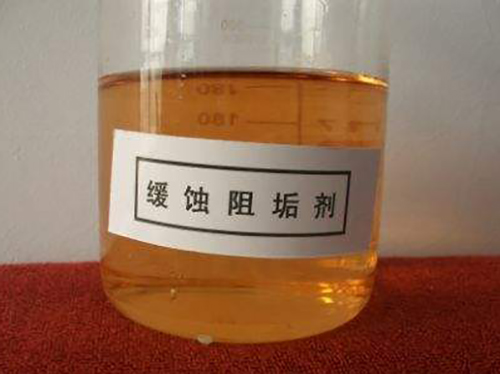Chloromethyl Isothiazolinone Applications and Safety in Industrial Products and Formulations
Chloromethyl Isothiazolinone An Overview of Its Uses and Concerns
Chloromethyl isothiazolinone (CMI) is a biocide often used in various industrial and consumer products due to its potent antimicrobial properties. As a member of the isothiazolinone family, it is commonly formulated with other preservatives to enhance product stability and shelf life. CMI is typically utilized in cosmetics, personal care products, household cleaners, and industrial applications. However, its use has raised significant health and environmental concerns, prompting discussions about safety regulations and alternative solutions.
Chemical Properties and Applications
Chloromethyl isothiazolinone is a colorless to pale yellow liquid, characterized by a strong, pungent odor. It is soluble in water and ethanol, making it a versatile ingredient in formulations. CMI exhibits broad-spectrum antimicrobial activity against bacteria, fungi, and algae, which makes it an effective preservative in water-based formulations. This efficiency is particularly beneficial in preventing product spoilage and extending shelf life.
In cosmetics and personal care products, CMI is often found in lotions, shampoos, and shower gels. It helps prevent microbial contamination, ensuring that these products remain safe and effective for consumer use. Additionally, CMI has applications in the industrial sector, where it is employed in paints, coatings, and adhesives to inhibit fungal and bacterial growth, thereby protecting the integrity of materials.
Health Concerns and Regulatory Status
Despite its effectiveness as a preservative, chloromethyl isothiazolinone has garnered significant scrutiny due to its potential health effects. Studies have indicated that CMI can cause skin sensitization and allergic reactions in some individuals. These adverse responses have led to increased regulatory attention, particularly in the European Union, where the use of CMI in cosmetics is strictly regulated.
chloromethyl isothiazolinone

The European Commission’s Scientific Committee on Consumer Safety (SCCS) has raised concerns over the allergenic potential of CMI. As a result, the concentration of CMI allowed in cosmetic products has been limited, with guidelines recommending that it should only be used in combination with the related compound methylisothiazolinone (MI) under strict concentration limits. Many consumers and advocacy groups have called for further restrictions or outright bans on CMI due to the risks of sensitization and other health implications.
Environmental Impact
In addition to health concerns, the environmental impact of chloromethyl isothiazolinone cannot be overlooked. CMI is known to exhibit toxicity to aquatic organisms, raising concerns about its effects on marine ecosystems when it enters water systems. Its persistence in the environment adds another layer of complexity, as it may continue to pose risks long after its initial application.
As environmental awareness grows, industries are under increasing pressure to evaluate the safety and sustainability of chemical ingredients. The use of CMI, particularly in water-intensive industries, has led to calls for reevaluation of its applications and the exploration of alternative preservatives that are equally effective but pose fewer risks to human health and the environment.
Alternatives and Future Directions
With the rising awareness of the potential dangers associated with chloromethyl isothiazolinone, many manufacturers are actively seeking alternative preservation methods. Natural preservatives, such as essential oils and plant extracts, are gaining traction as safer, eco-friendlier options. These alternatives not only help reduce the reliance on synthetic ingredients but also appeal to the growing consumer demand for clean label products.
In conclusion, while chloromethyl isothiazolinone is a valuable antimicrobial agent, its potential health risks and environmental impact necessitate careful consideration. The balance between product efficacy and safety is crucial as industries adapt to evolving regulations and consumer expectations. Increased research into safer preservatives and regulatory scrutiny will likely shape the future landscape of product formulation, encouraging a shift towards more sustainable practices in the fight against microbial contamination. As science continues to advance, the industry is presented with opportunities to innovate while prioritizing the health of consumers and the planet.
-
Water Treatment with Flocculant Water TreatmentNewsJun.12,2025
-
Polymaleic AnhydrideNewsJun.12,2025
-
Polyaspartic AcidNewsJun.12,2025
-
Enhance Industrial Processes with IsothiazolinonesNewsJun.12,2025
-
Enhance Industrial Processes with PBTCA SolutionsNewsJun.12,2025
-
Dodecyldimethylbenzylammonium Chloride SolutionsNewsJun.12,2025





